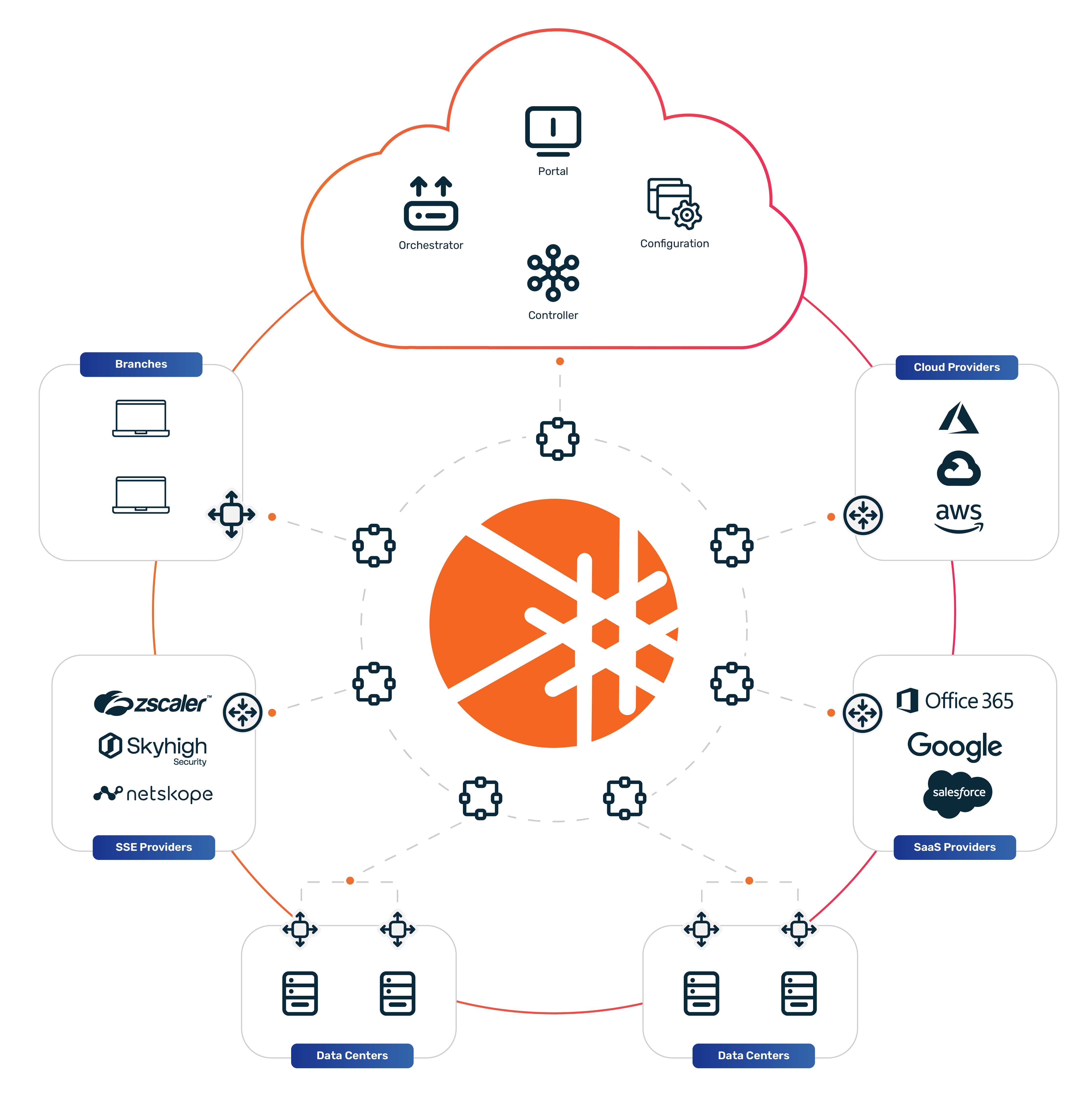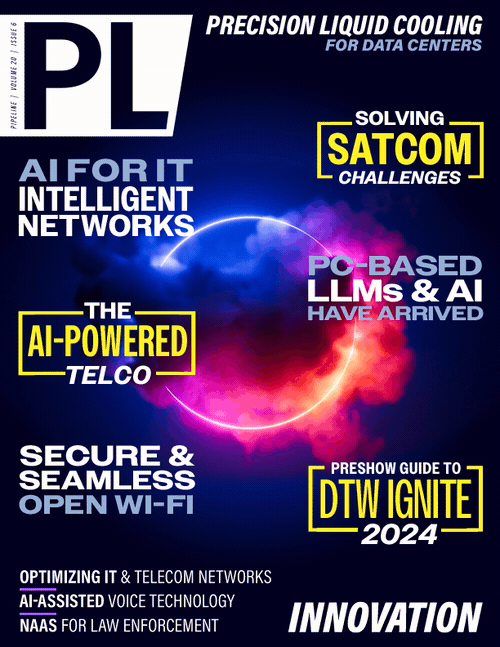Law Enforcement Agency Enhances
Connectivity with NaaS
Building Better Edge Options
The new NaaS solution delivers a variety of benefits. First and foremost, it allows law enforcement personnel to spend more time in the field interacting with the community and less time in central locations waiting on the technology. At the same time, the model we’ve adopted involves building and strengthening relationships with local community organizations by design, a core tenet of this municipality’s mission.
Sites used as edges will typically be locations where both the municipality and local residents want a greater law enforcement presence. For example, the first partner site, a community church, was having problems with mail theft. So, we designed that site with a designated parking spot for officers to use when uploading data. Officers now visit that spot multiple times throughout the night, where they have excellent secure connectivity—and an unobstructed view of the mailbox. Church leaders are thrilled with the arrangement, and they’ve already asked us to expand the partnership to a second location.

Figure 1- Graphiant Stateless Core
From a technical perspective, the NaaS solution has proven just as impressive. We’ve solved our client’s longstanding problem, expanding secure high-speed connectivity to more areas where it’s needed without adding more IT overhead. Once deployed, the edge solutions are basically zero-touch. There’s no need to constantly update and maintain site-to-site tunnels, so the edges require far less time and attention from our staff, translating to lower costs for our client. (We’re actually in the process of completely transitioning away from VPN at remote sites for this reason.) And since the NaaS solution is delivered as a consumption-based subscription, the municipality only pays for the bandwidth they use.
As we continue to add locations, we anticipate further benefits in the future. For example, Graphiant’s private core network already offers direct high-performance paths to major cloud datacenters. As we move more of our client’s environment to public cloud in the coming years, we’ll likely see better performance than the existing municipal connection, along with all the other advantages of using what’s effectively a dynamic private WAN.
Looking Ahead
It’s hard to see our NaaS model as anything but a win-win. The municipality can empower officers with new technologies while strengthening its ties to the community. Local residents get more consistent law enforcement presence where they need it. Meanwhile, our own IT and security staff can keep the client securely connected and compliant, with far less effort and cost.
Just as exciting, we’re demonstrating a novel public-private partnership approach to edge connectivity that can be replicated in any municipality struggling with similar issues. The challenges that come with unreliable or nonexistent network coverage are widespread, affecting rural and less-populous regions worldwide. Yet they’re also strangely hidden, in the sense that many digital solutions don’t even seem to acknowledge them.
When supporting rural municipalities, especially law enforcement officers in the field, you’re unlikely to find prepackaged products that address their unique requirements. There just aren’t many other segments that have mobile units collecting data, with stricter compliance requirements than most Fortune 500 companies. But that doesn’t mean these problems can’t be solved. Companies like Graphiant don’t necessarily pitch their technology as a municipal law enforcement solution. But look beyond the buzzwords at what these technologies are actually doing, and you can find creative solutions.



















